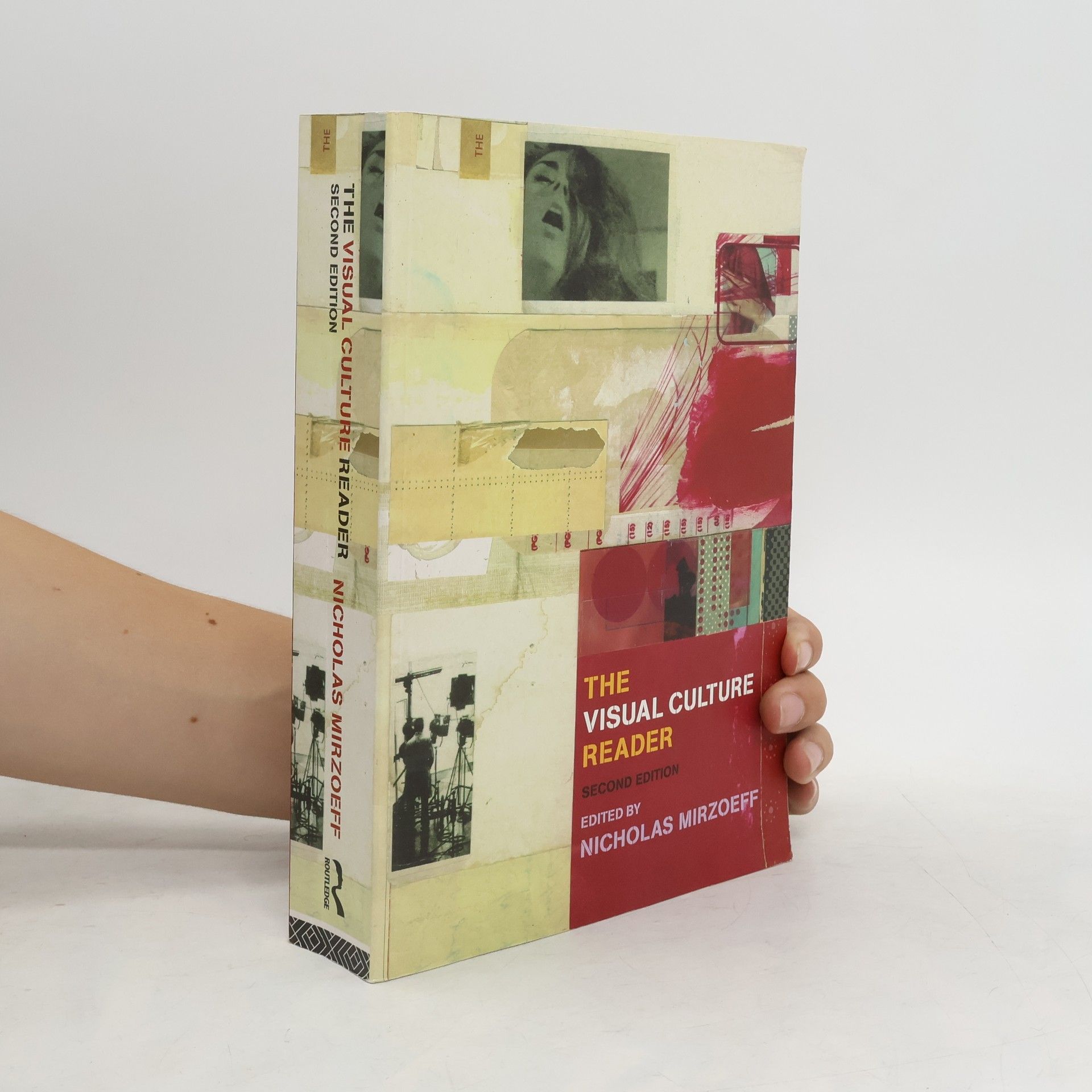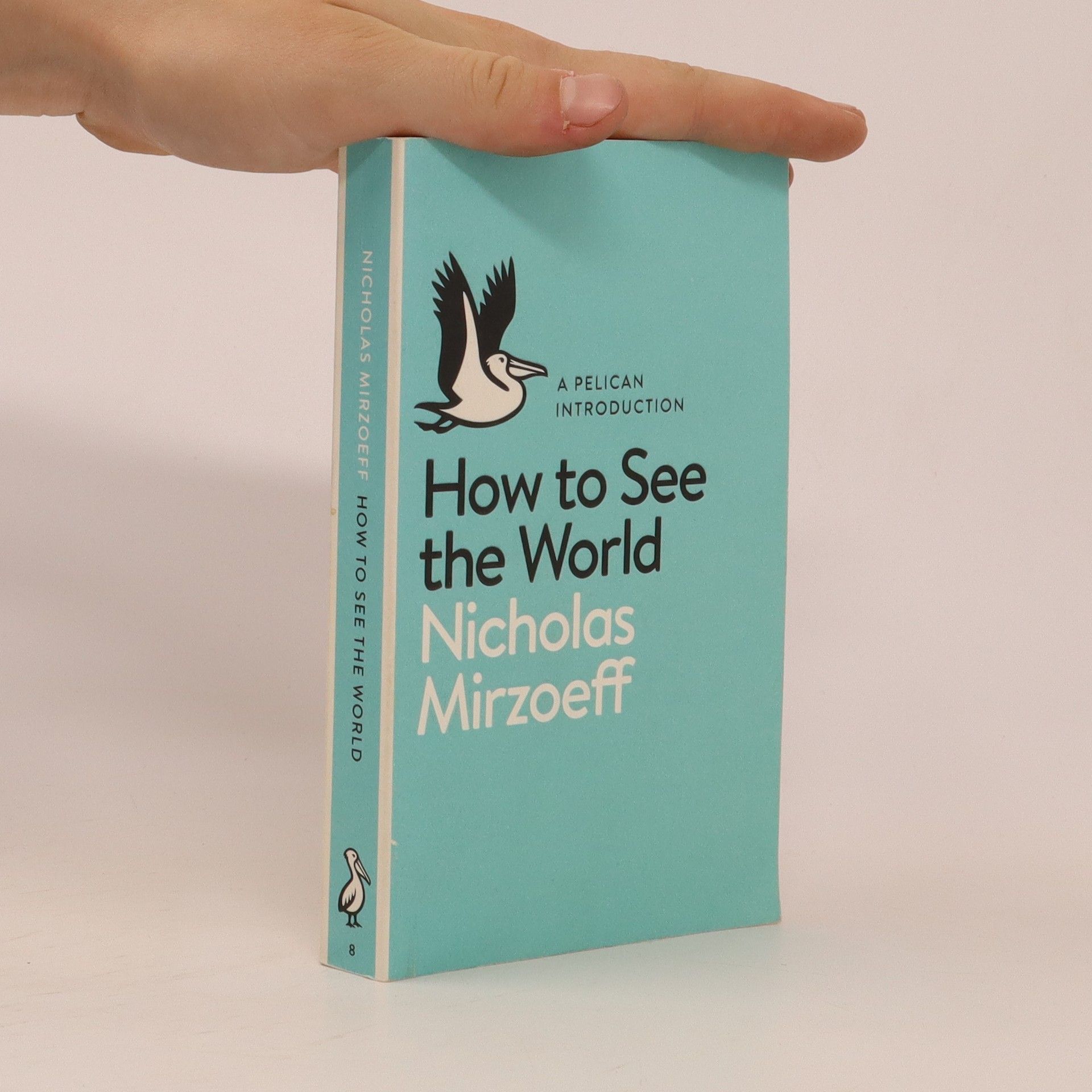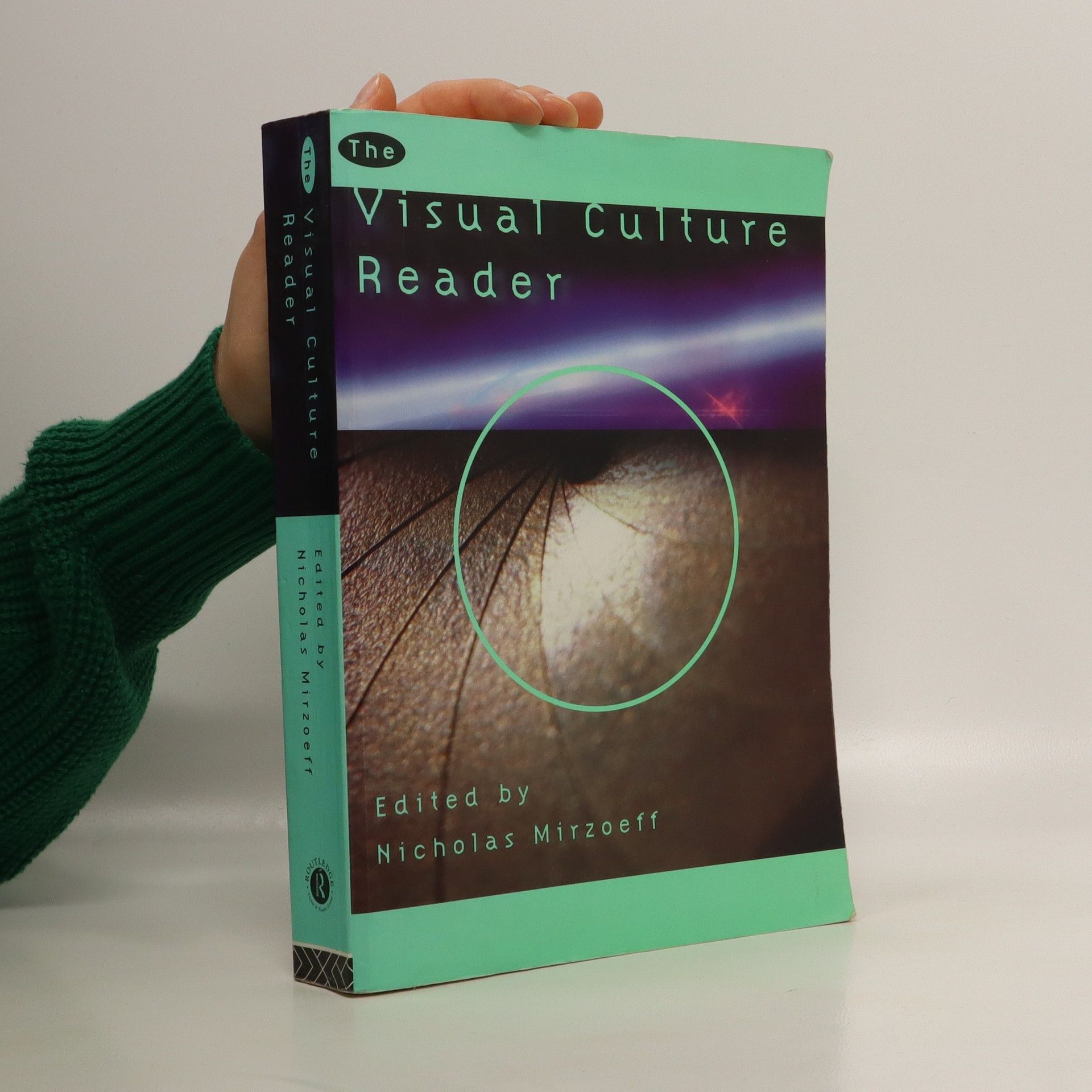This sweeping comparative decolonial framework for visual culture studies, a field the author helped shape, casts modernity as a contest between visuality and countervisuality, or the right to look.
Nicholas Mirzoeff Livres







Visual culture is concerned with visual events in which information, meaning or pleasure is sought by the consumer in the encounter with visual artefacts, from oil paintings to the internet. The diverse essays collected here constitute a comprehensive exploration of the emerging interdisciplinary field of visual culture, and examine why modern and postmodern culture place such a premium on rendering experience in visual form.
The book explores the construction and normalization of whiteness, examining its implications and influence in society. It offers a critical analysis rooted in visual culture, feminism, and the Black radical tradition, aiming to deconstruct these entrenched systems. Through this lens, the author presents strategies for dismantling the pervasive nature of whiteness, inviting readers to engage with the complexities of race and identity in contemporary culture.
How to See the World
- 352pages
- 13 heures de lecture
In recent decades, we have witnessed an explosion in the number of visual images we encounter, as our lives have become increasingly saturated with screens. From Google Images to Instagram, video games to installation art, this transformation is confusing, liberating and worrying all at once, since observing the new visuality of culture is not the same as understanding it. Nicholas Mirzoeff is a leading figure in the field of visual culture, which aims to make sense of this extraordinary explosion of visual experiences. As Mirzoeff reminds us, this is not the first visual revolution; the 19th century saw the invention of film, photography and x-rays, and the development of maps, microscopes and telescopes made the 17th century an era of visual discovery. But the sheer quantity of images produced on the internet today has no parallels. In the first book to define visual culture for the general reader, Mirzoeff draws on art history, theory and everyday experience to provide an engaging and accessible overview of how visual materials shape and define our lives.
This thoroughly revised and updated second edition of The Visual Culture Reader brings together key writings as well as specially commissioned articles covering a wealth of visual forms including photography, painting, sculpture, fashion, advertising, television, cinema and digital culture.The Reader features an introductory section tracing the development of visual culture studies in response to globalization and digital culture, and articles grouped into thematic sections, each prefaced by an introduction by the editor and conclude with suggestions for further reading.
Kniha pomáhá čtenáři porozumět proměnám funkce obrazu v moderní společnosti, především pak ukazuje její transformaci po nástupu nových zobrazovacích médií, jako je fotografie, film a televize či nejnověji počítačová prostředí a internet. Mirzoeffova široká analýza kultury obrazu začíná definicí klasického perspektivního zobrazování a směřuje k technologickým způsobům tvorby obrazů, přičemž se zastavuje u zásadních témat – např. zkoumá otázku reprezentace, vizualizace, tělesnosti, kolonizace obrazu a obrazem, simulaci (alternativní) skutečnosti, možnosti vytvoření obrazové (mediální) ikony či počátky globalizace kultury obrazu. Kniha je psaná velmi vstřícnou formou a je vhodná jak pro studenty vizuální kultury a médií, tak také pro každého čtenáře, který chce dnešní mediální a obrazovou společnost lépe chápat.